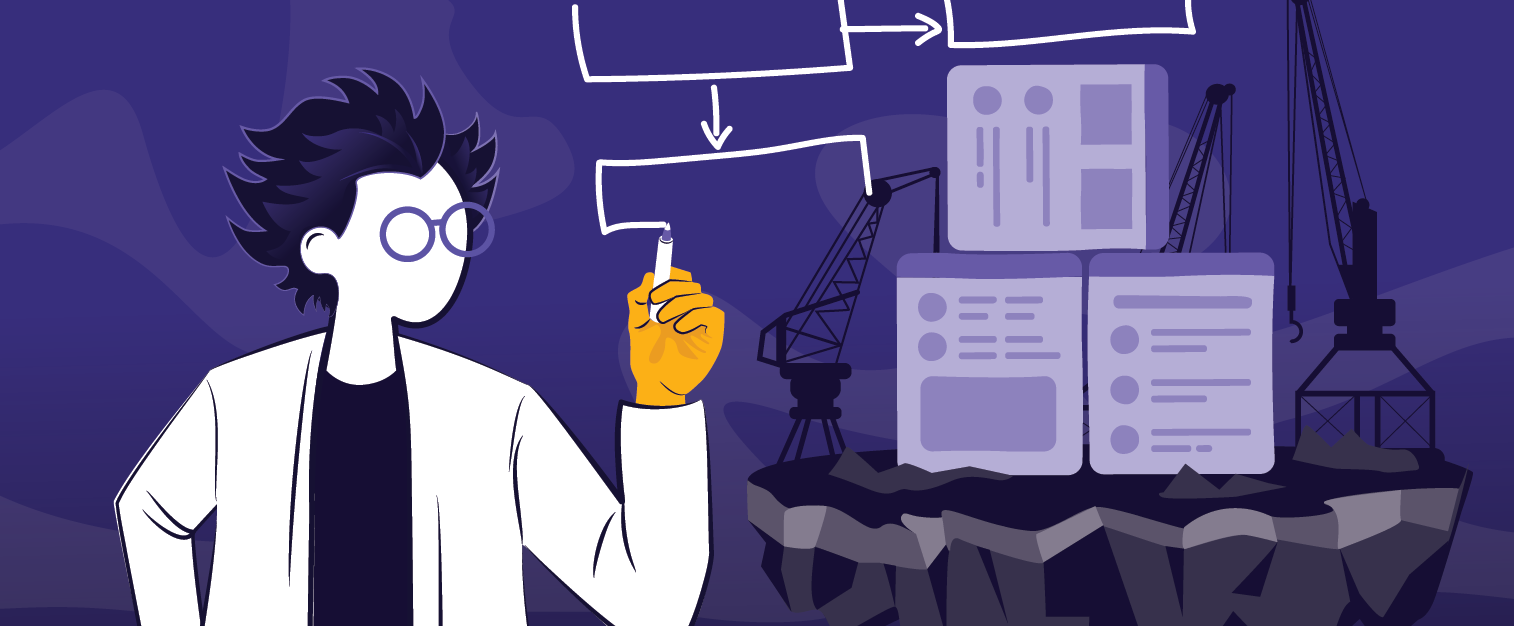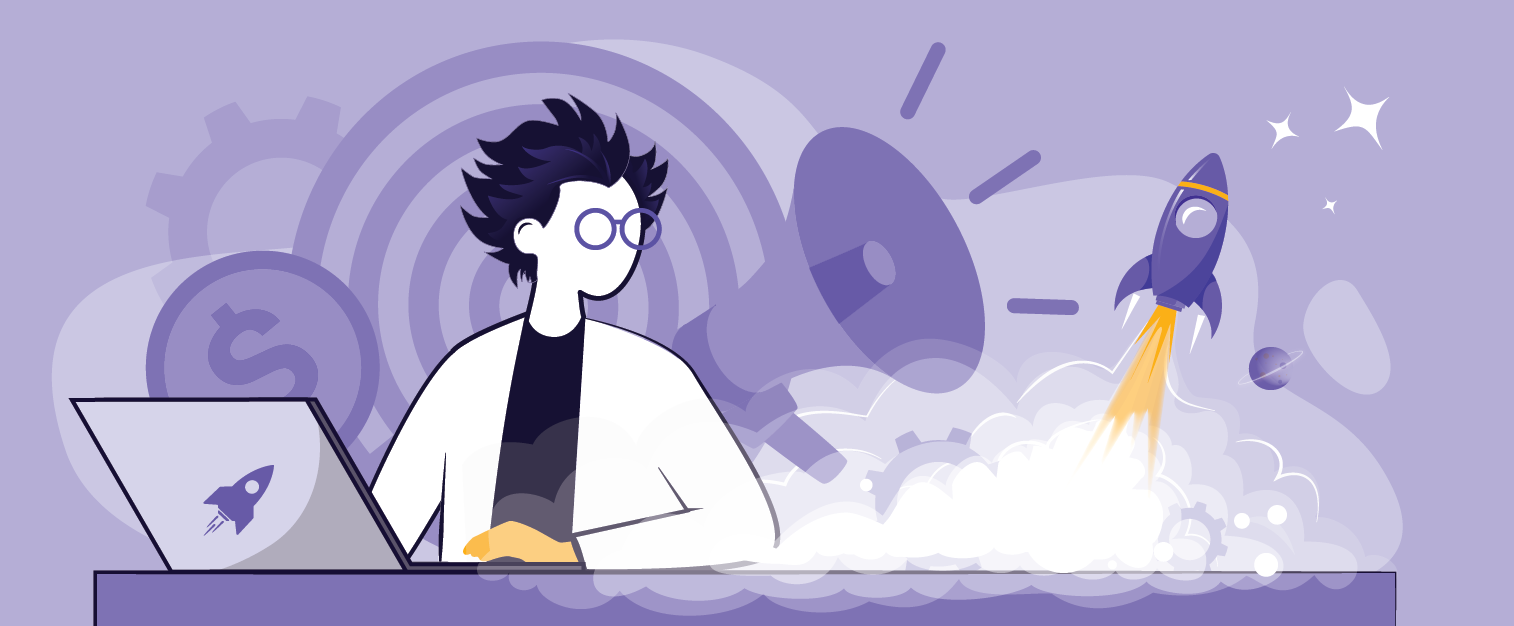Sending your data to our servers, please wait...





Oops... No results found.
Please try a different search phrase.
Digital Marketing 9 min read
Navigating Micro-Moments in Marketing: Essential Insights and Strategies
Written by Sarah Edwards
Content Writer @ Galactic Fed
Expert reviewed by Dallin Porter
Marketing Director @ Galactic Fed
Published 10 Jul 2023
Think of the last time you pulled out your smartphone to find an answer to a pressing question, like “What’s the nearest Italian restaurant near me?” You may not have realized it then, but you were having a micro-moment. Micro-moments are crucial to any marketing strategy, but to understand why, you’ll need to know what they are.
What Are Micro-Moments in Marketing?
So what are micro-moments, and why are they so critical to marketers?
Micro-moments are points in time when a customer decides they need immediate information. They don’t have hours to spend conducting research. Instead, they want a quick answer to their question, which may (or may not) lead to an eventual purchase.
Typically, a customer who conducts a micro-moment search will click on the first answer they find to their question. They’re not likely to dig too deep into the search results, although they may decide to later when they have time.
Google categorizes micro-moments into four different categories, as follows:
- Need for a quick answer
- Wanting to do something
- Needing to go somewhere
- Wanting to buy an item
For example, consider someone who wants to know the definition of stumblebum. A quick search using the query “stumblebum meaning” will likely turn up the description from a dictionary like Merriam-Webster, which they can view.
While someone searching “stumblebum” isn’t likely to result in a sale for your company, other micro-moments can be significantly important for your company’s revenue.
For instance, someone who wants to buy a pair of women’s black jogging shorts right away might click on your link if your product appears first in their shopping results. That could turn into a sale you would have missed if you weren’t first in line for the click.
While these are just a few micro-moments examples, chances are you can think of hundreds that apply to your company. Understanding when customers are most likely to have a micro-moment that concerns your business, and being there when they do, can positively impact your sales revenue, customer relationships, and credibility in your industry.
Understanding Micro-Moments: Customer Journey
Your customer’s journey is likely full of micro-moments, from when they first become aware of your products to after they make a purchase. Those micro-moments can occur at any time when you least expect them. To prepare for them, you’ll need to identify the micro-moments your customers are likely to have and how you can be the resource they turn to for their issues.
Knowing your client’s micro-moments involves recognizing your buyers and the typical customer journey they follow. When you understand both, you’re well-positioned to figure out where to optimize your marketing techniques to be there when they have a micro-moment.
The customer journey typically involves five steps: awareness, consideration, purchase, retention, and advocacy.
Awareness
The awareness stage occurs when a customer first learns of your company’s products or services. They find out you exist at this point, but they may or may not take any further action with you. It depends on whether they are interested in what you have and whether they need it.
Any micro-moments your clients have are likely to be informational during the awareness stage. For instance, they might perform a search and find something about your business that intrigues them. However, that doesn’t mean they’ll move on to the next step. In fact, only a small percentage will.
To discover the micro-moments your customers will likely have during the awareness stage, consider how clients stumble across your business. That could be through social media, a Google search, or an online ad you run. The key is to appear to your target audience so they become more aware of what you offer.
Consideration
The consideration stage is when customers decide they need your products but are unsure whether to go with your organization or a competitor. This stage involves some research, so you’ll want to ensure your clients have everything they need to decide in favor of your business.
The consideration stage is also informational, but you’ll want to emphasize the benefits of your products and services so any potential customer clearly understands them. Make sure you have effective landing pages that captivate your audience’s attention. FAQ sections can help clear up any inquiries your clients have.
Purchase
During the purchase stage, a client decides to make a purchase. Their purchase may be with you, or it may be with one of your competitors. The purchase stage is when companies become the most competitive.
That’s why PPC costs are so high for buying-oriented keywords. Search engines know that a customer who uses a buying keyword will likely pull out their wallet, so they’ll charge the most to businesses trying to get at the front of the line through PPC advertisements.
You can harness a customer’s purchase micro-moment by being there when they’re ready to buy something. That could be through a PPC ad, or it could be through something more direct, like sending them a personalized email for a promotional discount on a product they looked at on your website.
Retention
Once a client makes a purchase, many companies move on to their next conquest. However, that’s usually a mistake. Depending on the type of business you have, clients may come back repeatedly if they like what you have to offer.
The key to long-term client retention is providing excellent customer service and products or services from which they can continue to benefit. Your best micro-moments will come from learning more about your customer. Once you understand their pain points, you can personalize your marketing activities to meet them.
For example, Starbucks is an excellent example of a company that handles retention micro-moments quite well. Their rewards program provides clients with a free coffee or treats on the customer’s birthday, which encourages customers to sign up in the first place. Repeated purchases with Starbucks allow the client to earn points, which they can later redeem on future purchases.
Advocacy
The advocacy stage is another critical part of the customer journey. It occurs after the client makes their purchase and they tell friends or family about their experience. If all goes well, they’ll likely praise your company. If it doesn’t, your organization won’t get high marks — and you may lose a few potential clients along the way.
During the advocacy stage, using micro-moments to collect customer feedback is critical. Learn what they thought about your products and services, and thank them for their patronage. Send them a quick email or even a follow-up letter through the mail.
Use Tailored Content to Get the Most from Customer Micro-Moments
Every client will have their reason for checking out your company. Try to get as much information from them so you understand their reasoning and can better serve their needs through your micro-moments marketing strategy.
Tailored content can be as simple as sending clients a personalized email centered around products or services they’re recently browsed. If they’ve opted to receive SMS messages from you, you can send them texts that fit their prior shopping habits.
Other potential ways to tailor your content for micro-moments include curating different blog posts to reach different audience segments. For instance, if you’re a travel agent, you might create a set of blogs for each destination you specialize in. Interested customers will come across your content and follow up with you if they need help booking their next trip.
Technology Can Help You Make the Most of Micro-Moments
There are several tools available that can help you learn about your client’s micro-moments and help you establish a marketing strategy designed to address each one of them. For example, a customer data platform (CDP) is a marketing tool that evaluates your client data from various sources, including website visits, social media interactions, and other channels.
With a CDP, you can learn a lot about your customers and create hyper-personalized ads and communications designed to capture their attention whenever they’re having a micro-moment.
When You Address Client Micro-Moments, Marketing Becomes Easier
Since micro-moments require you to think about your customer’s buying journey carefully, you’ll likely learn much more about how your products and services benefit them throughout every stage of your funnel. You can apply this knowledge to your marketing techniques to better address their needs.
Companies that are in tune with their customer’s needs are more likely to see sales. After all, when you don’t treat your clients as merely another number but genuinely try to understand them as individuals, they’re more likely to treat you in kind. Micro-moments are among the best ways to form solid connections with potential customers.

Sarah Edwards
Content Writer @ Galactic Fed



